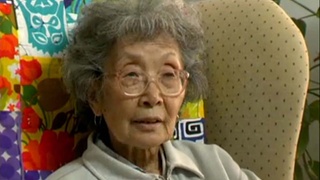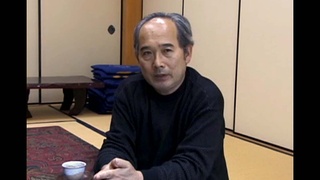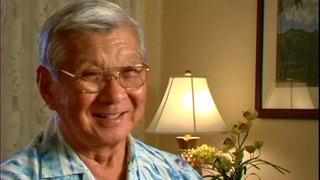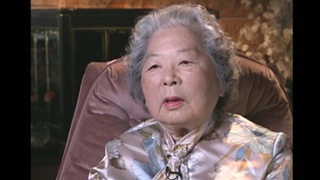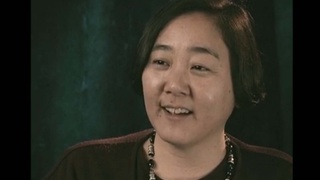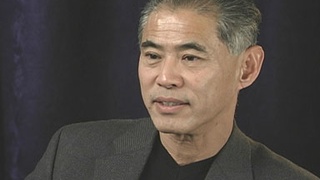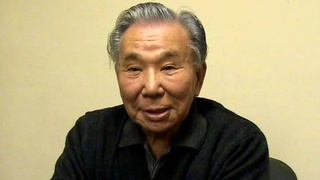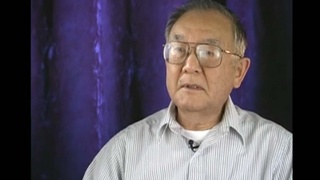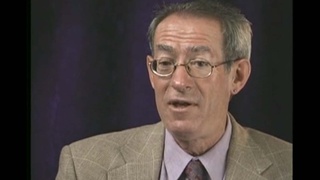Interviews
Returning to Japan after studying in New York
I went back to Japan, 1967, right after Berkeley, and then went to New York, five months practice. I had a dream to be in New York, when I was young. That time [inaudible], those kinds of things. And then I wanted to stay, you know, New York for a while, but, again, Expo, Kyoto University, those kinds of things.
Then I went back to practice for a while. Then 1969, Kyoto University is a riot. Yeah, big riot. I was teaching that time, but I wasn’t able to teach that time. And also I had lots of influence from Berkeley. You know, freedom, I was really, you know, on the side of the students, as a teacher. But I was trying to help students to develop the understanding of policy and so forth.
Date: August 10, 2016
Location: California, US
Interviewer: Sojin Kim, John Esaki
Contributed by: Watase Media Arts Center, Japanese American National Museum

